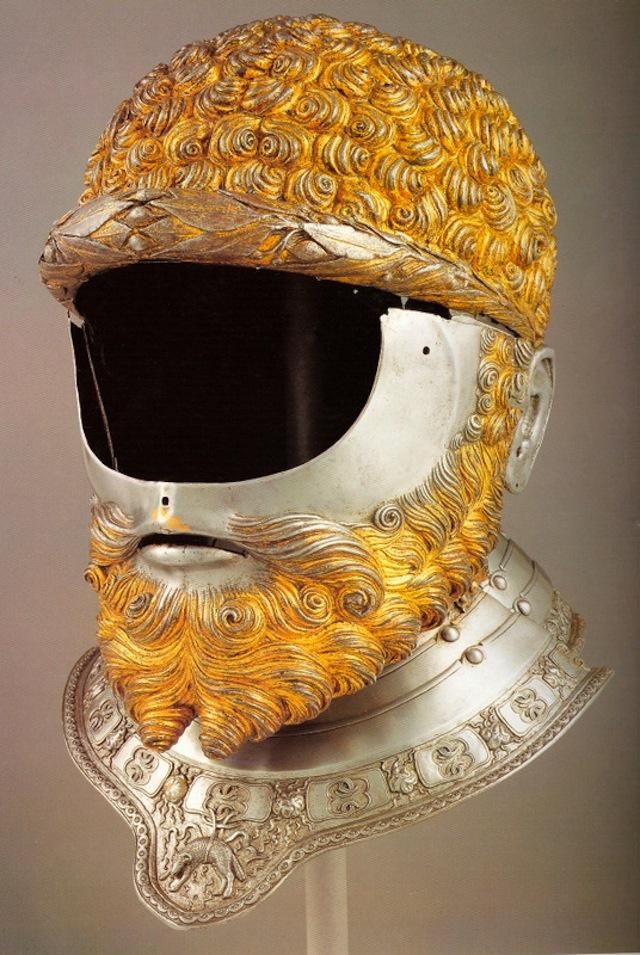

Mauryans (Aesthete) -The definition of an "OK" Culture, the Mauryans' unique features are solid but not exceptional.Celts (Agrarian) - The Celts get the same Legacy Trait as the Maya, but for Food instead of Industry, combined with a strong and low-cost Emblematic Unit.Achaemenid Persians (Expansionist) - With space to expand the Achaemenid Persians' +2 Humankind City Cap Legacy Trait can really shine.On top of this, their lands are easy to defend with the fast, cheap, and effective Javelin Riders. Garamantes (Agrarian - Cultures of Africa DLC) - With their Foggara Emblematic Quarter able to be placed anywhere in a Territory, the Garamantes can grow quickly by boosting Food and Production.Maya (Builder) - Industry remains a strong focus throughout Humankind, and the Maya's Tireless Spirit will remain relevant for the rest of the game.
Medieval era upgrade#

The wedding ceremony of today also includes a ring exchange, and the ring is placed on the fourth finger, the same finger it was placed on during the middle ages. Today, the man and the woman stand on the same sides of the altar as they did then. The marriage ceremony, for example, contains much of the same wording that was used in the middle ages. Many of the items and rituals that took place during the time of a wedding have become traditions and are practiced today. The priest would then ask the bride and groom so they would be able to confess any reasons for prohibiting their marriage. The priest would begin by asking if anyone present knows of any reason why that couple should not be married. During the ceremony in front of the church doors the man stood on the right side and the woman stood on the left side, facing the door of the church. The church ceremony in the middle ages took place outside the church door before entering for a nuptial mass. A couple could also not be married during a time of fasting, such as lent or advent, and a couple could not be married by someone who had killed someone. Other reasons that prohibited marriage, but were not grounds for a divorce, were rape, adultery and incest. If the boy or the girl had taken a monastic or religious vow, the marriage was also prohibited. One reason was consanguinity, meaning the couple was too closely related. There were several reasons for prohibiting a marriage. If the reason was a valid one, the wedding would be prohibited. The notice stated who was to be married, and if anyone knew any reasons the two could not marry they were to come forward with the reason. The notice was put up to ensure that there were no grounds for prohibiting the marriage. The dowry would be presented to the groom at the time of the marriage.Īfter the marriage was arranged, a wedding notice was posted on the door of the church. The family of the girl who was to be married would give a dowry, or donation, to the boy she was to marry. The arrangement of the marriage was based on monetary worth. In the middle ages, girls were typically in their teens when they married, and boys were in their early twenties. The arrangement of marriage was done by the bride and groom’s parents. Even if love did not develop through marriage, the couple generally developed a friendship of some sort. If love was involved at all, it came after the couple had been married. Husbands and wives were generally strangers until they first met. Marriage back then was not based on love most marriages were political arrangements. Men were sometimes able to choose their bride.


 0 kommentar(er)
0 kommentar(er)
